- 路 Microwave
- 路 Atmospheric Pressure Microwave 路 Pressure Microwave 路 Parallel Microwave
- 路 Ultrasonic 路Low Temperature Ultrasound
- 路 Ultraviolet Light
- 路 Microwave Heating 路 Atmospheric Pressure Synthesis 路 Atmospheric Pressure Catalysis 路 Atmospheric Pressure Extraction
- 路 Sample Preparation 路 Microwave Digestion
- 路 Soil Digestion 路 High Pressure Synthesis
- 路 Solid Phase Synthesis
- 路 Organic Synthesis
- 路 Ionic Liquid Synthesis
- 路 Degradation Of Natural Organic Matter
- 路 Natural Product Extraction / Purification
河北祥鹄科学仪器有限公司
800S Preparation of Gd_3_Doped Carbon by Microwave Hydrothermal Method_Omitted_Energy Magnetic Resonance_Fluorescence Bimodal Molecular Imaging Probe
This paper, completed by researchers from the school of materials science and engineering, southwest university of science and technology, discusses the preparation of Gd3 + -doped carbon quantum dots with high-performance magnetic-resonance fluorescence bimodal molecular imaging probes by microwave hydrothermal method. It was published in the important journal
The co-producing monomethylolamine which provides both the source and the carbon source is used as a precursor, and the microwave is used as a heating means to achieve the stirring at the molecular level, and the uniform small-sized Gd3 + doped carbon quantum is obtained at a low temperature and in a short time. The purpose of the point (Gd3 + /CQDs-MH). When the current body is hydrothermally reacted at 250 °C for 45 min, the obtained Gd3 + /CQDs-MH exhibits high quantum yield and extremely strong magnetic resonance performance, avoiding the luminescence of carbon quantum dots by the traditional heating method. The ability and relaxation performance are extremely difficult to increase at the same time. Under this condition, carbon quantum dots with a size of about 1.0 nm were synthesized with a fluorescence quantum yield of 11.0%, a doping mass fraction of Gd3 + of 16.9%, and a longitudinal relaxation performance of up to 4 545.3 mmol. -1· L·s -1 ([Gd3 +]= 0.01 mmol· L -1 ). Moreover, the carbon quantum dots have no obvious toxicity to HeLa cells, and are expected to be used as magnetic resonance-fluorescence bimodal probes with high relaxation performance and high luminescence properties.
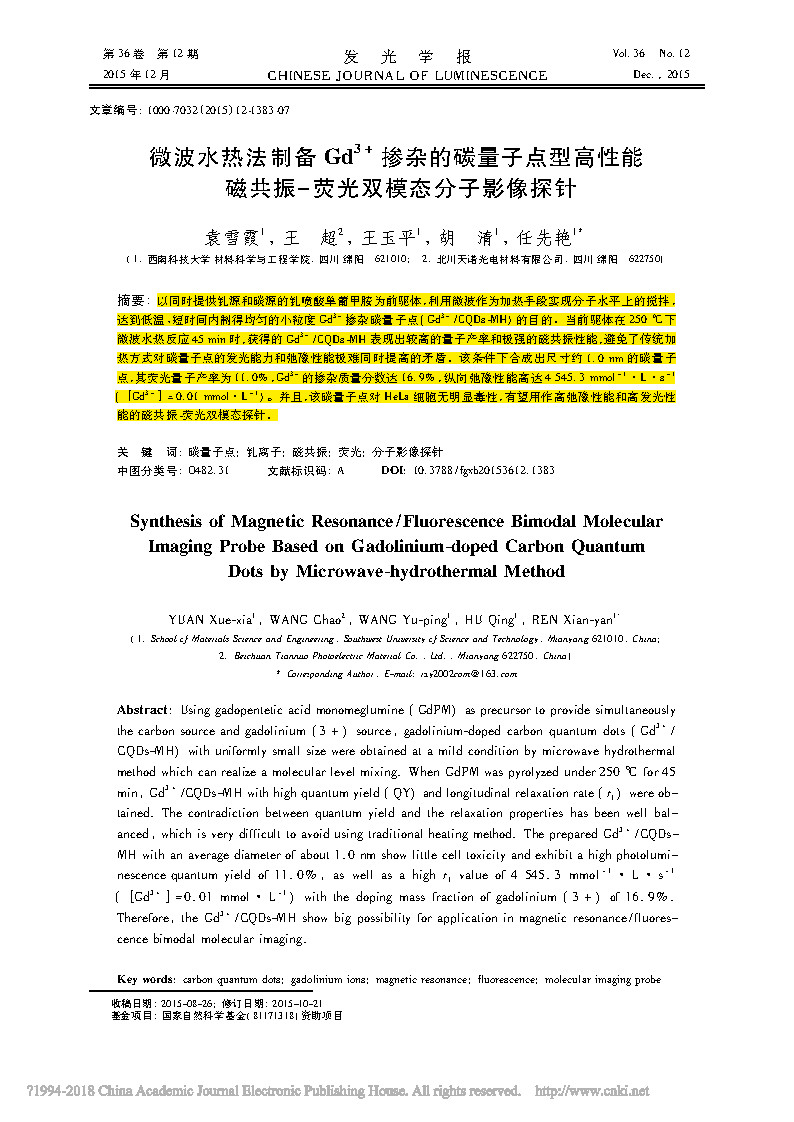
Fig.1/3↑

Fig.2/3↑

Fig.3/3↑
At low Gd3 + concentration (0. 01 mmol· When l-1), Gd3 + / cqds-mh showed a greater relaxation response advantage than that of magenet, which significantly reduced the clinical value. The anchoring & throughout; The dose required for the lesion. Because Gd3 + is firmly chelated by CQDs with biocompatible properties, Gd3 + / cqds-mh shows no obvious toxicity to cells.
GdPM was used as a precursor and carbonized by microwave hydrothermal method. Weigh approximately 0.1 g of GdPM dissolved in 30 mL of deionized water and measure the pH (pH 1). The solution was placed in a microwave water-heat parallel synthesizer (XH-800, Beijing Xiangyu Technology Development Co., Ltd.) and heated to a certain temperature for a period of time to record the pressure of the system during the heat preservation process (Table 1).








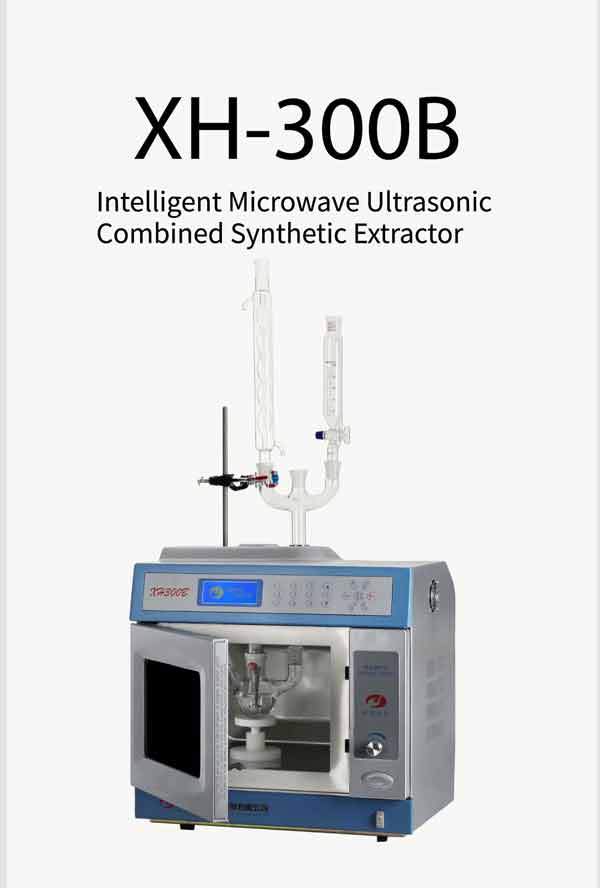

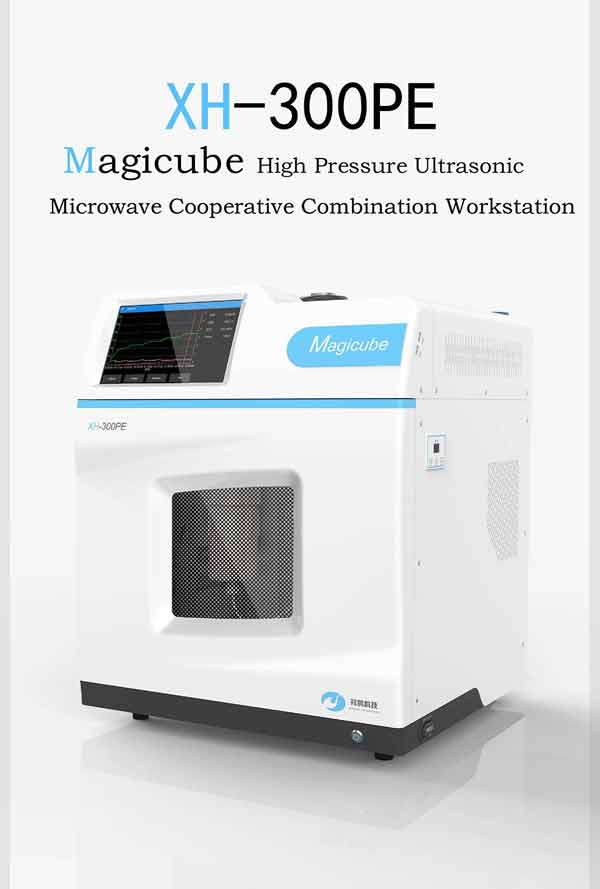
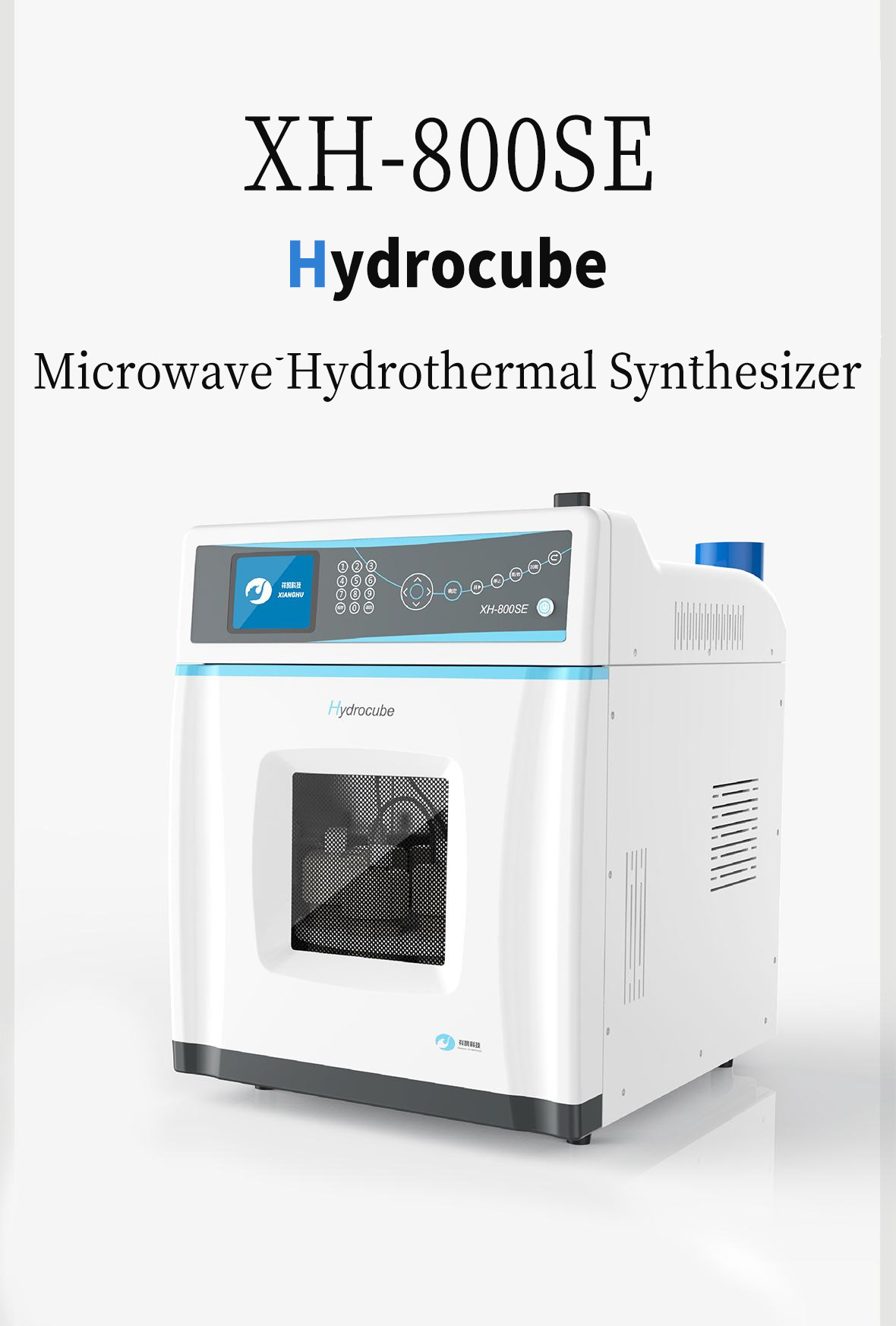
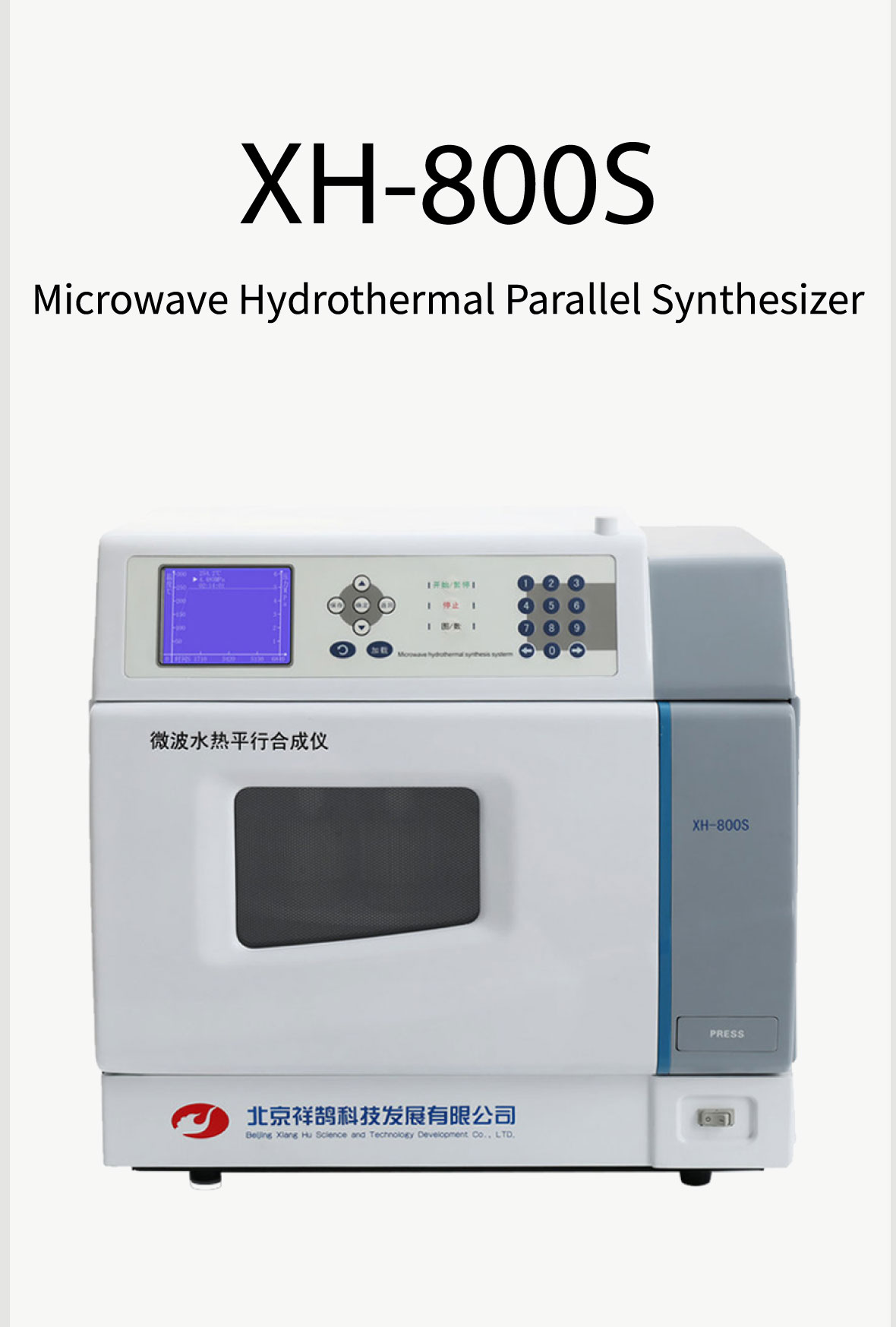
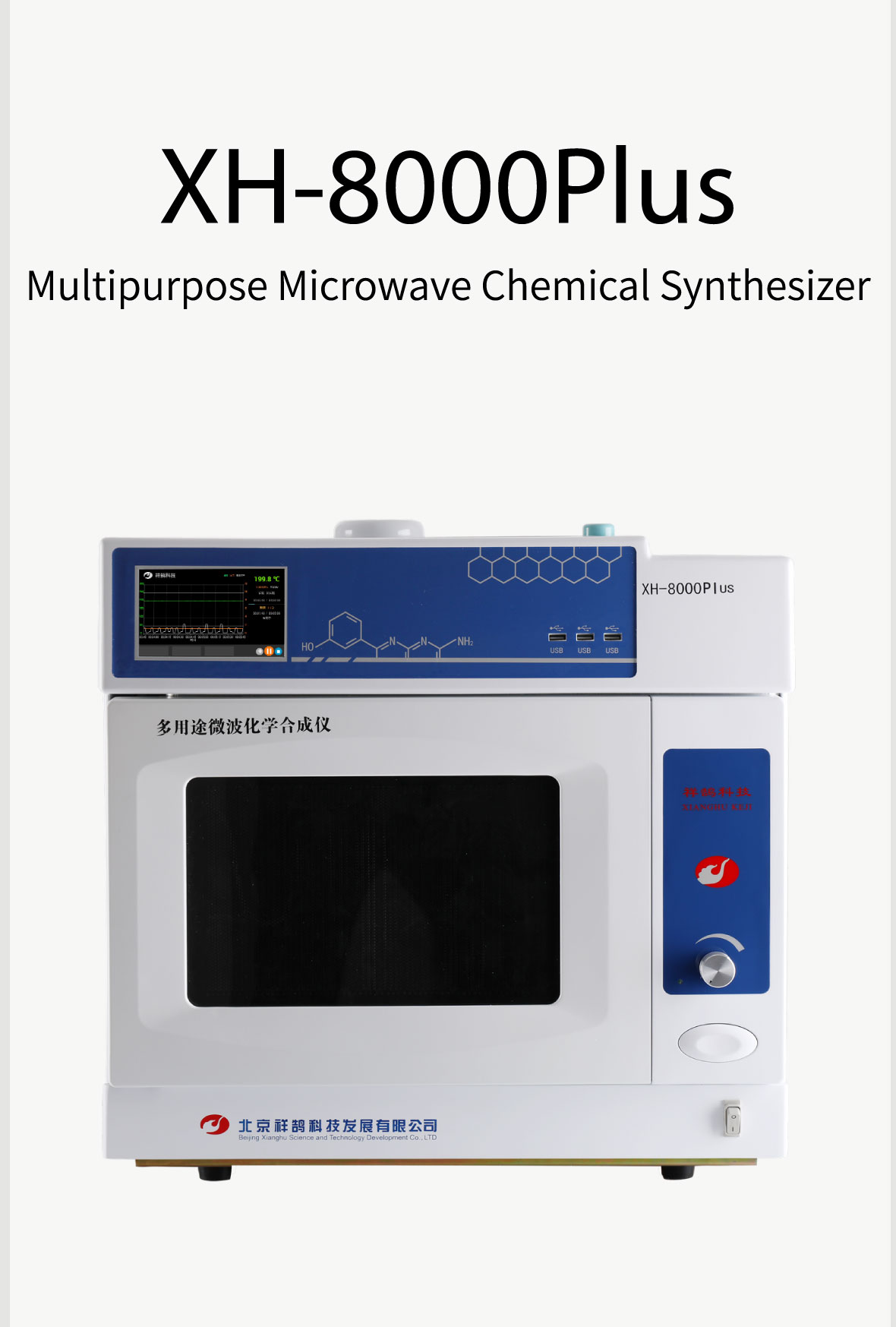
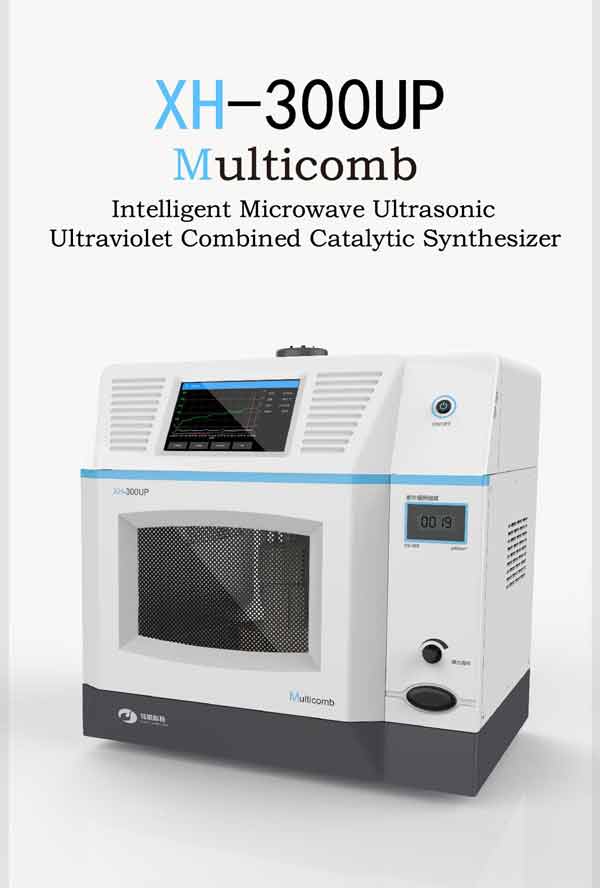
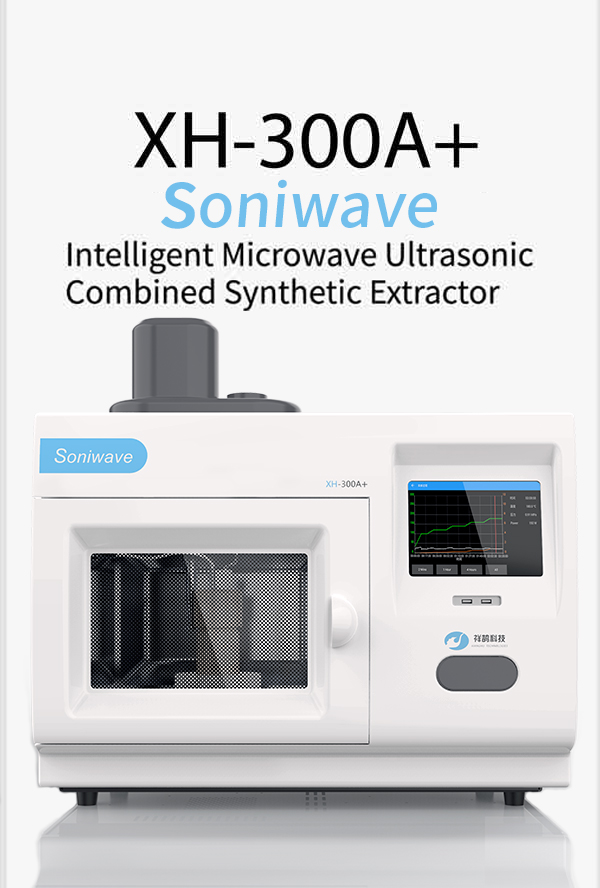

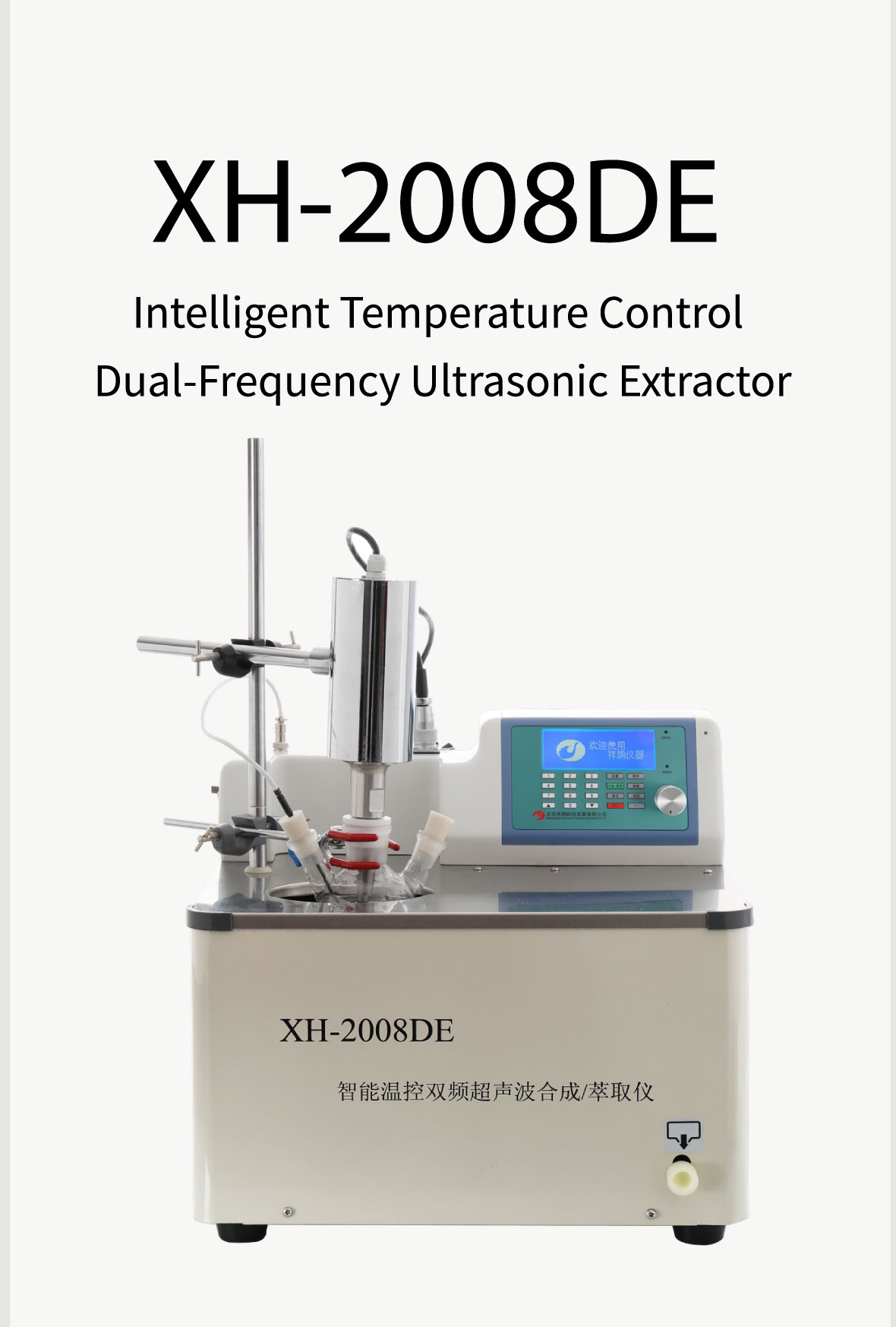



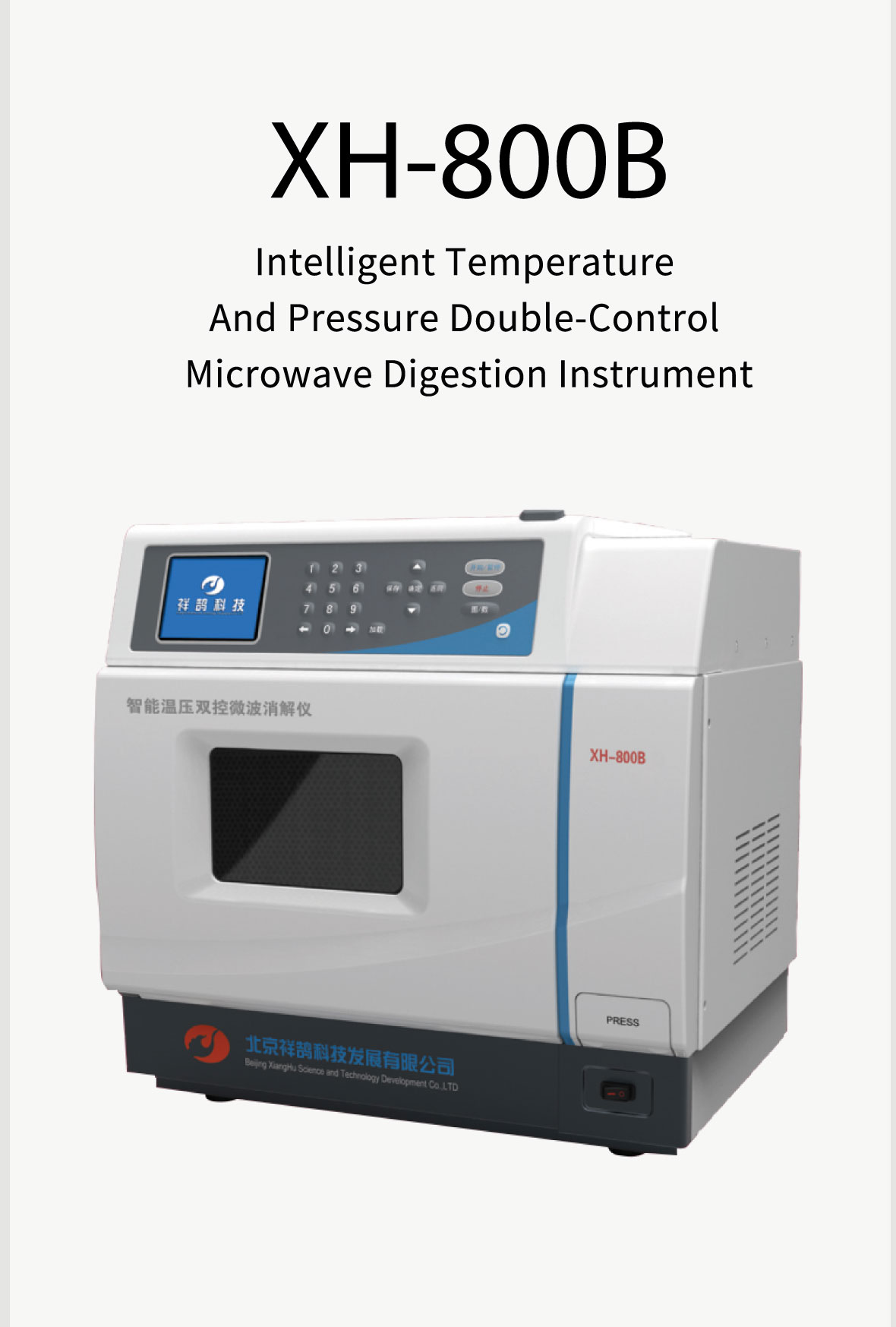

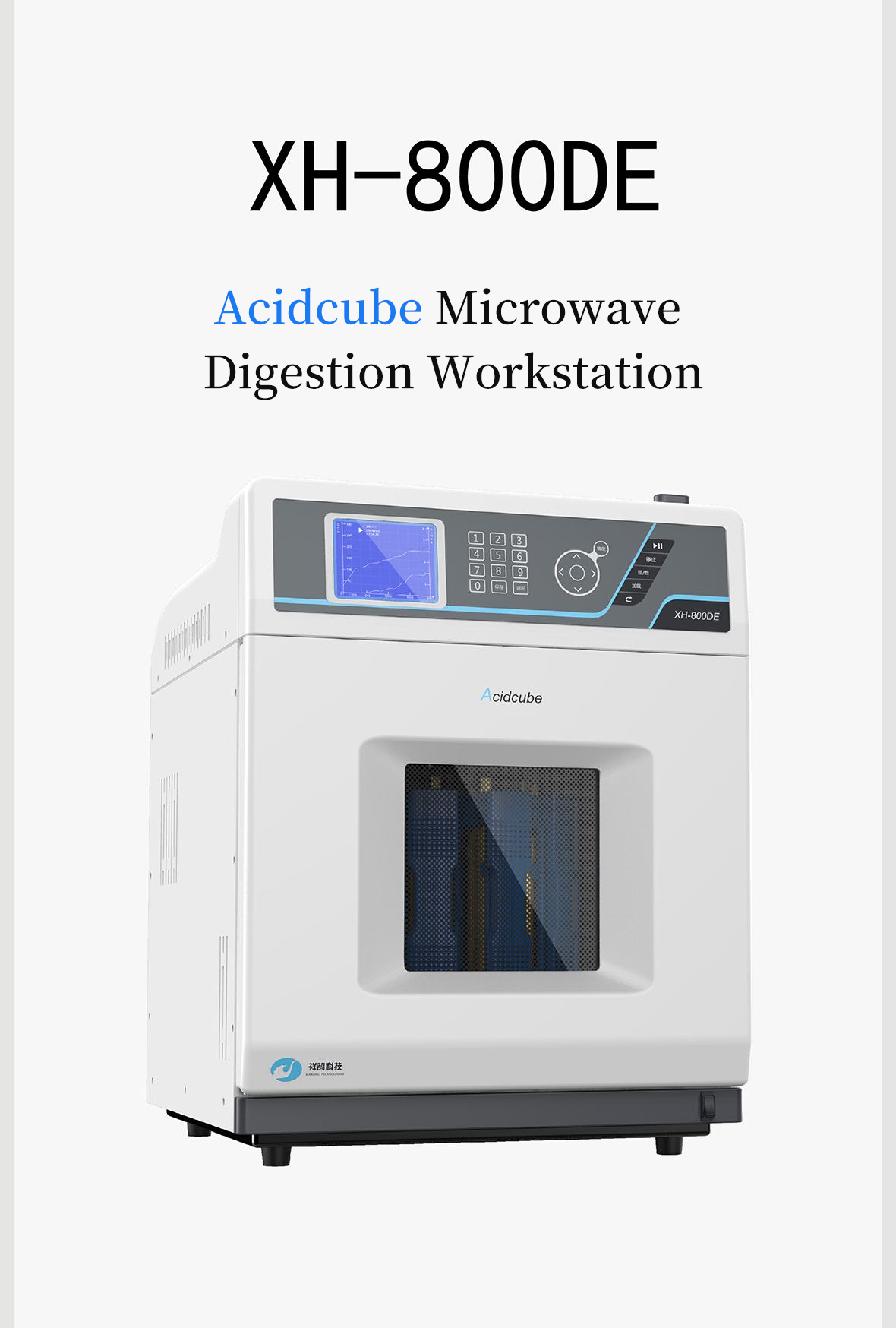

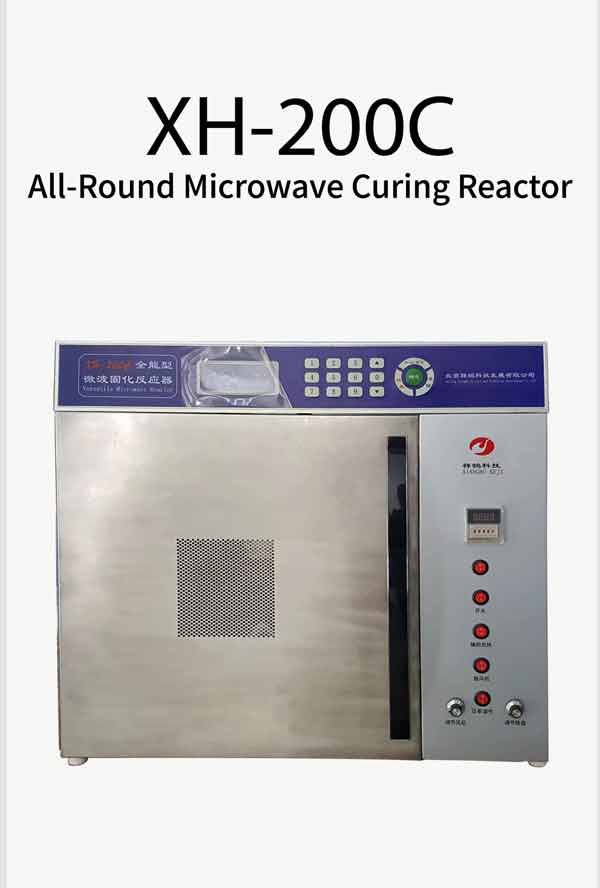
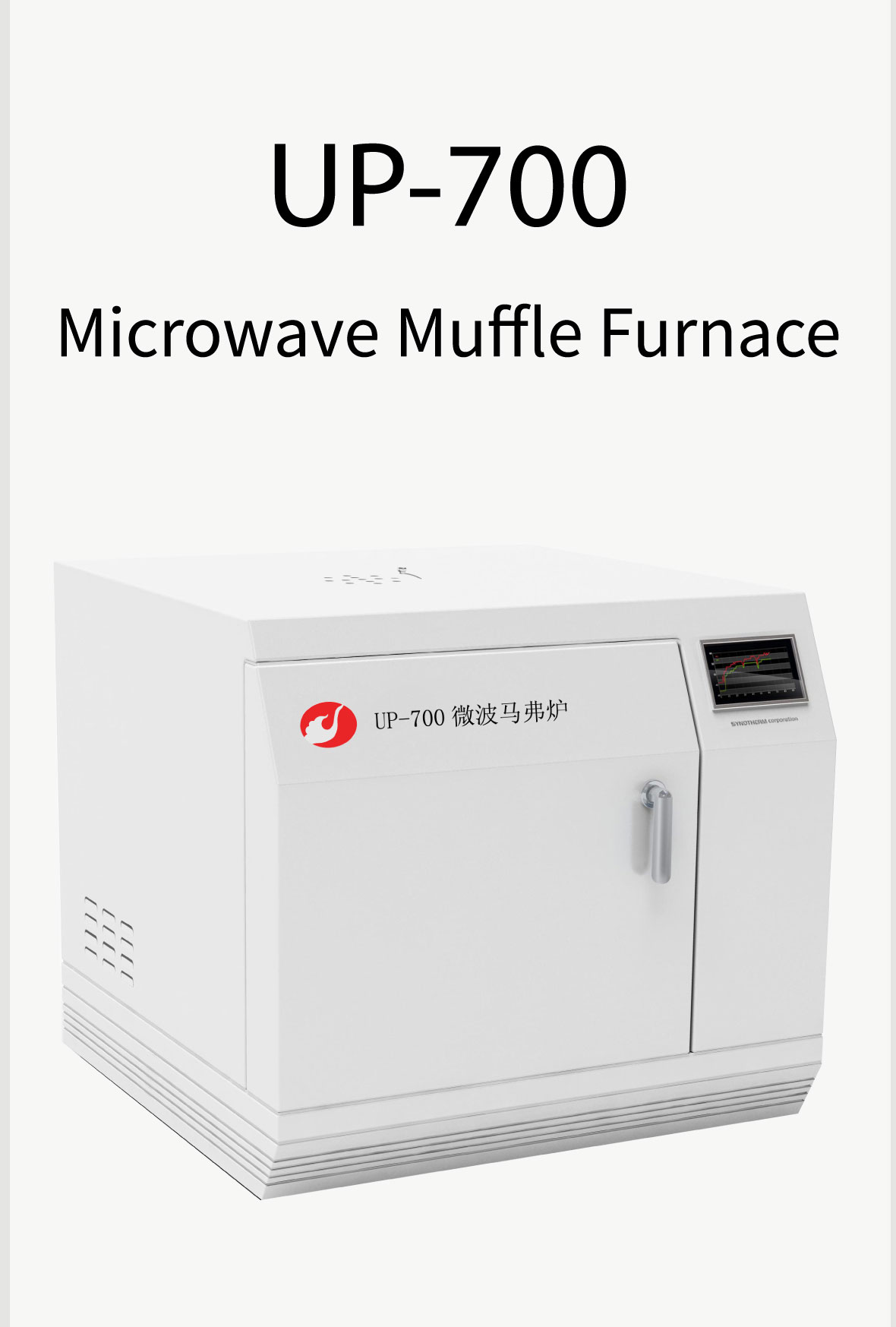

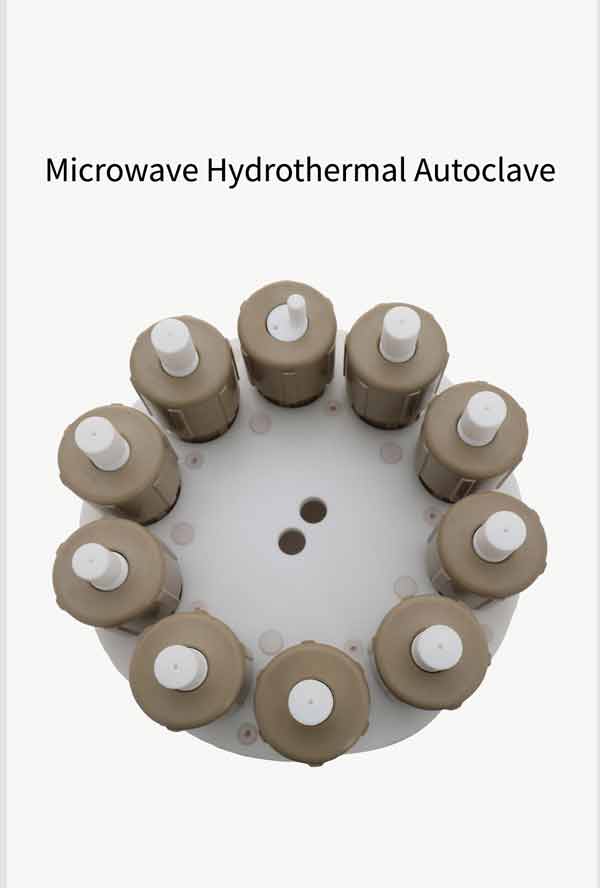

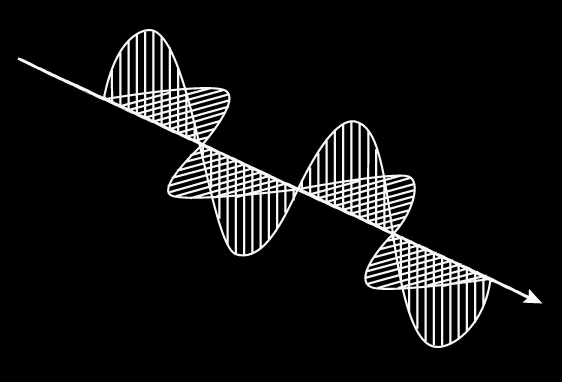


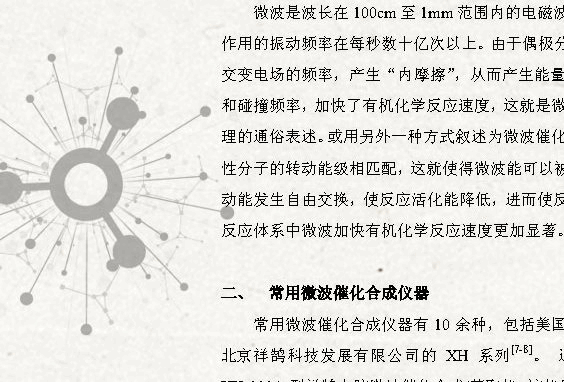

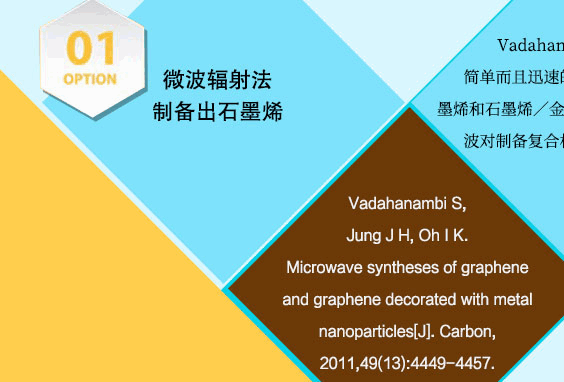
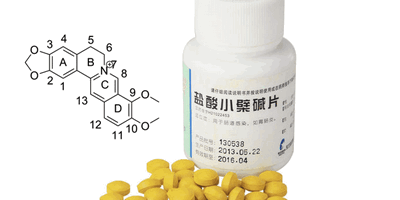


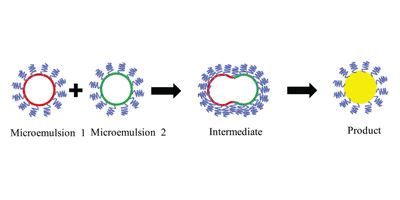
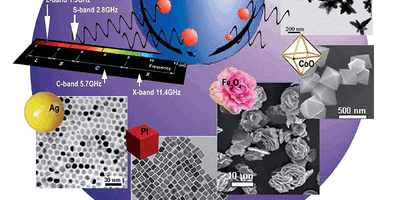
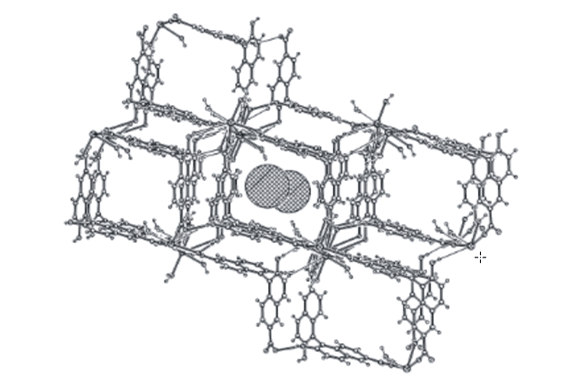
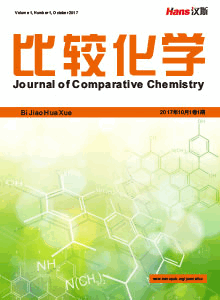
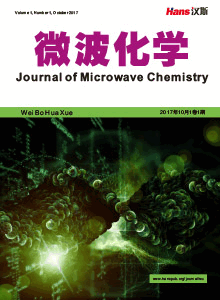
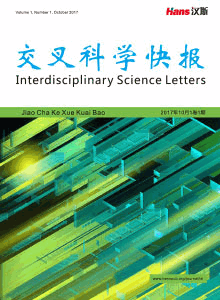




 京ICP备15050585号
京ICP备15050585号

